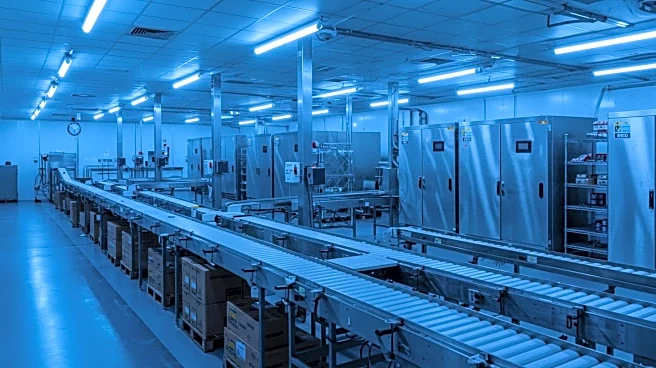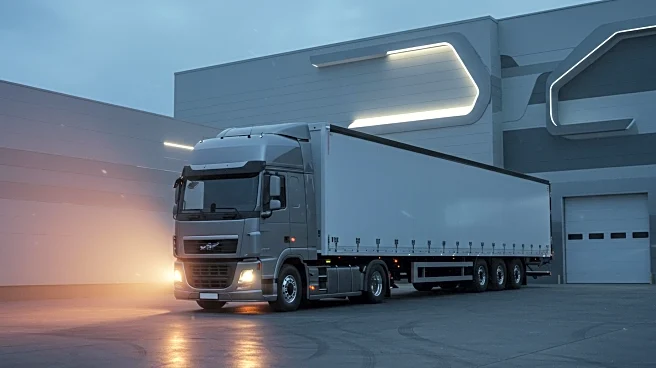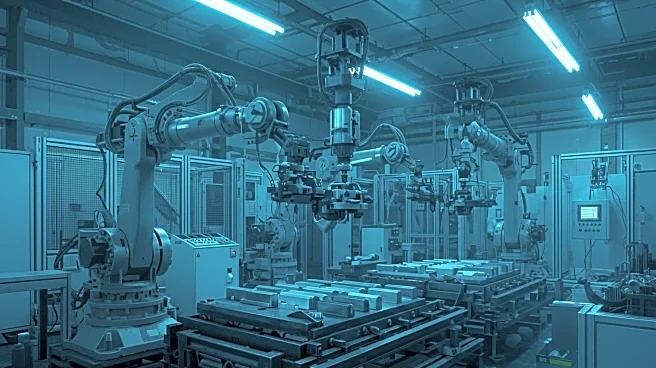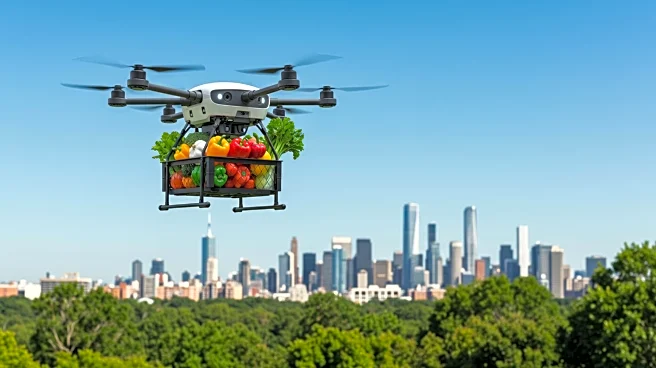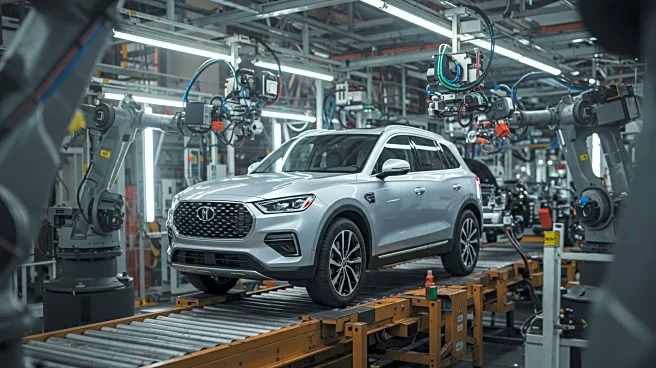What's Happening?
FarEye, a global last-mile AI-powered software platform, released a report titled 'Eye on the Last Mile,' based on feedback from over 200 U.S.-based supply chain and logistics leaders. The report highlights key trends in consumer delivery expectations, cost-to-serve pressures, and AI adoption. It predicts that same-day delivery will grow from 27% to 35% by 2027, indicating a shift towards ultra-fast fulfillment. Cost control remains a priority for 50% of respondents, with fuel, labor, and operational expenses cited as major concerns. The report suggests that switching to electric vehicles and investing in AI-based route optimization could help manage costs. Additionally, AI-driven real-time visibility tools are expected to become mainstream in last-mile operations.
Why It's Important?
The findings of the FarEye report are significant for the U.S. logistics industry as they underscore the growing importance of AI and technology in meeting consumer demands for faster delivery. The anticipated increase in same-day delivery reflects changing consumer expectations and the need for logistics companies to adapt to remain competitive. The focus on cost control highlights the ongoing challenges faced by the industry, particularly in managing fuel and labor costs. The adoption of AI-based solutions could lead to more efficient operations and cost savings, benefiting both companies and consumers. As AI becomes more integrated into logistics, companies that leverage these technologies effectively may gain a competitive edge.
What's Next?
The report suggests that logistics companies will increasingly adopt AI-driven tools to enhance last-mile delivery operations. This could lead to more widespread use of real-time visibility tools and AI-based carrier management strategies. Companies may also explore the use of electric vehicles to reduce fuel costs and improve sustainability. As consumer expectations continue to evolve, logistics providers will need to focus on speed and efficiency to meet demand. The industry may see further investment in technology and infrastructure to support these changes, with potential impacts on pricing and service offerings.


